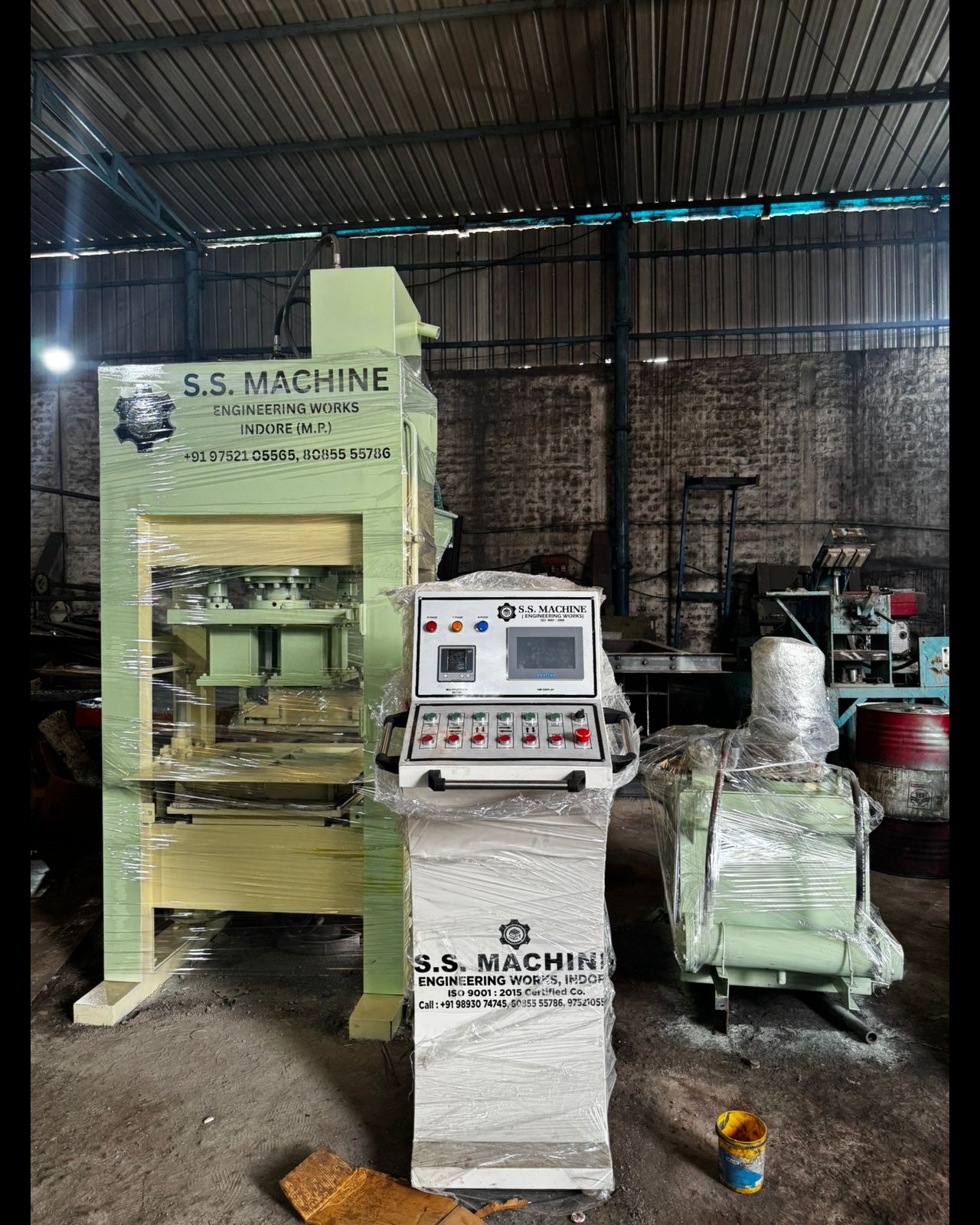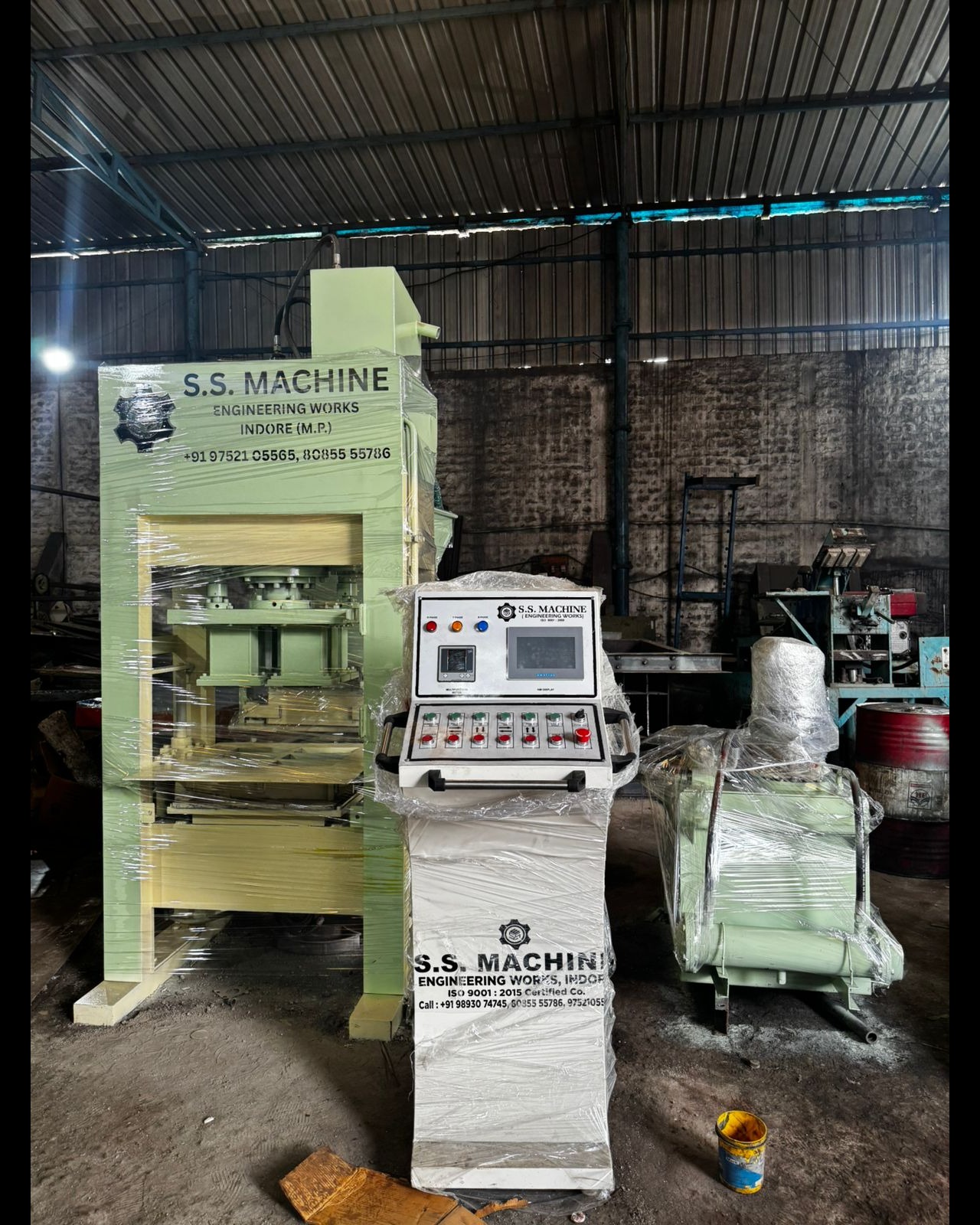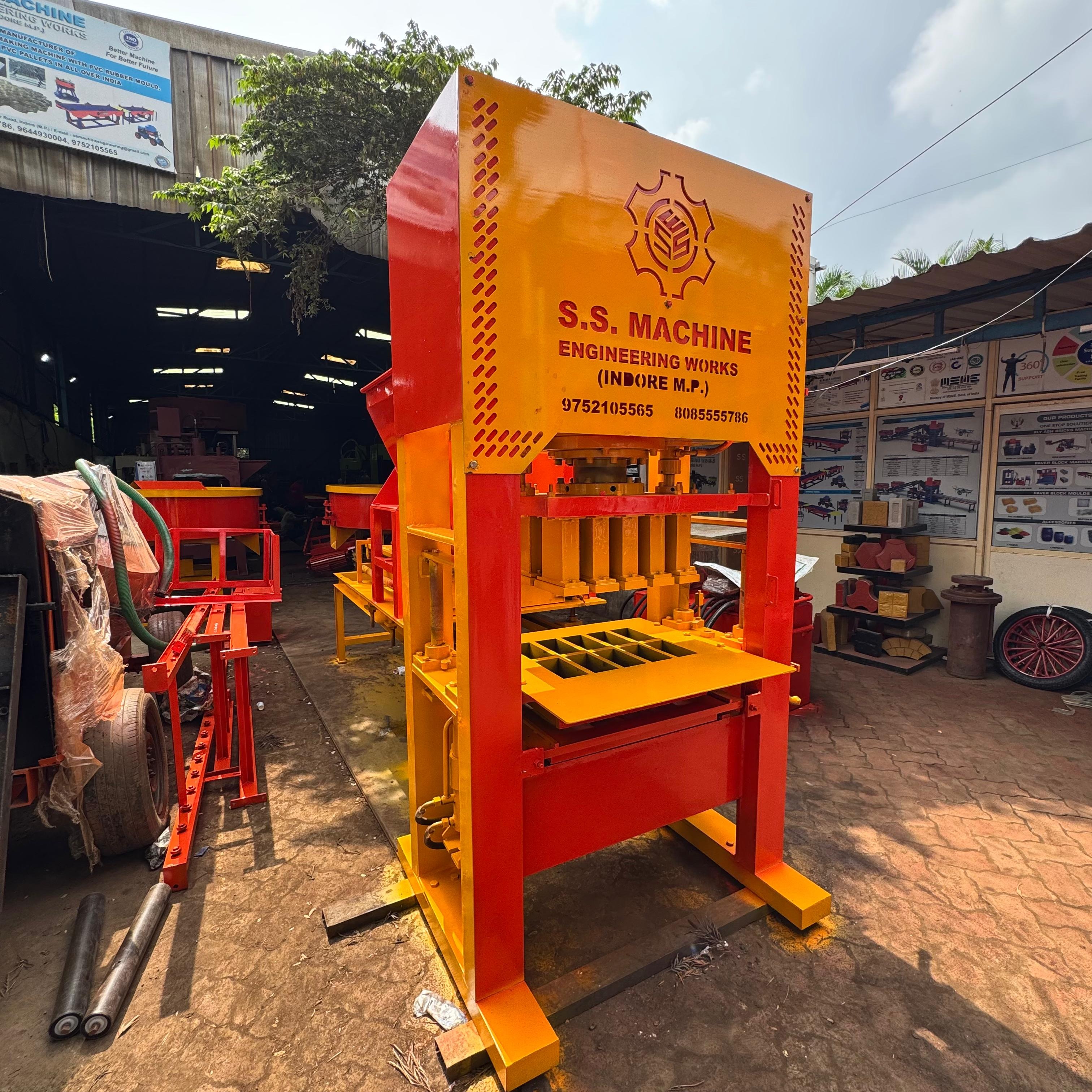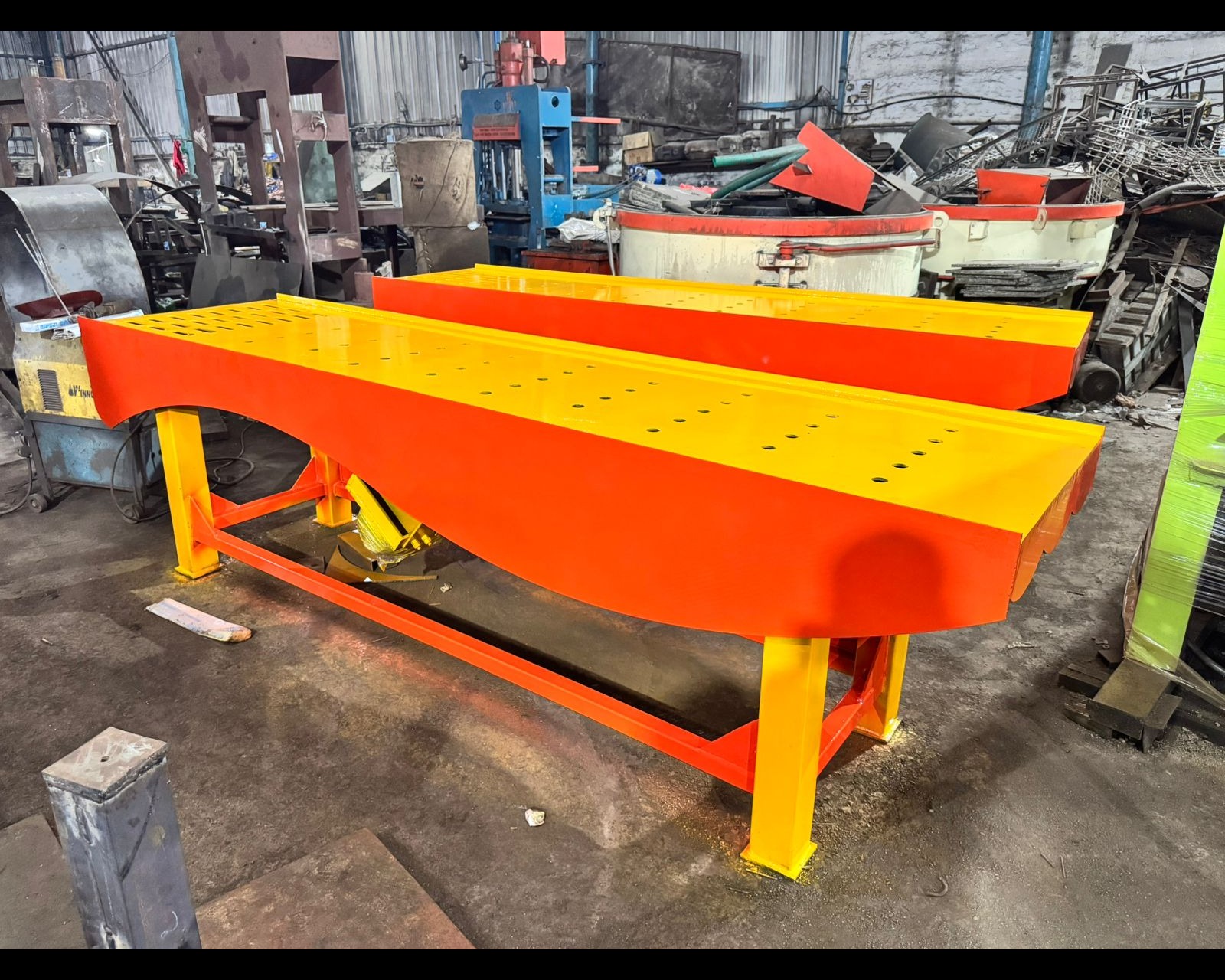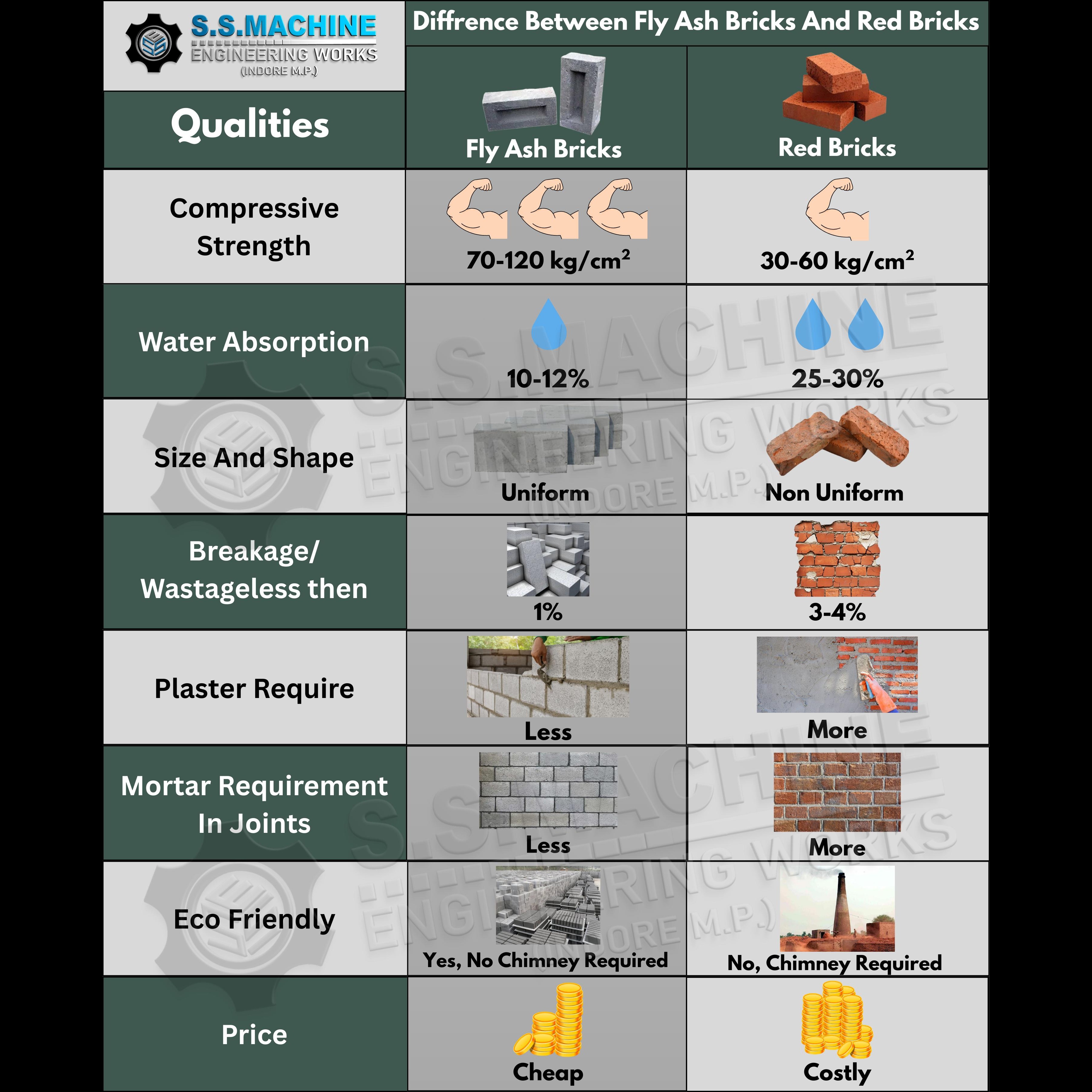
Fly ash bricks and red bricks differ significantly in their composition, manufacturing process, properties, and environmental impact. Fly ash bricks are made from industrial waste (fly ash) combined with cement and other materials, while red bricks are made from clay, a naturally occurring material, and fired in kilns. Fly ash bricks are generally greyish in color and have higher compressive strength, while red bricks are red or light brown and have varying strength depending on the clay type.
Here's a more detailed comparison:
Composition:
Fly ash bricks: Primarily made from fly ash (a byproduct of coal-fired power plants), cement, sand, and water.
Red bricks: Made from clay soil, which is naturally occurring.
Manufacturing Process:
Fly ash bricks: Mixed, molded, and cured using mechanical processes, resulting in a uniform shape.
Red bricks: Molded by hand or machine, and fired in kilns to harden.
Properties:
Strength: Fly ash bricks typically have higher compressive strength than red bricks.
Water Absorption: Fly ash bricks have lower water absorption compared to red bricks.
Thermal Properties: Fly ash bricks offer better insulation, leading to energy efficiency.
Durability: Fly ash bricks are more durable and have a longer lifespan than red bricks.
Shape: Fly ash bricks have a uniform, machine-molded shape, while red bricks can have variations in shape.
Environmental Impact:
Fly ash bricks:
Reduce the need for landfill space for industrial waste and can help conserve natural resources like clay.
Red bricks:
Production can lead to the loss of fertile topsoil and requires significant energy for firing.
In essence, fly ash bricks offer advantages in terms of strength, durability, and environmental friendliness, while red bricks have a long history of use and may be more aesthetically appealing to some.
Keywords
aesthetically appealing
long history
environmental friendliness
fertile topsoil
industrial waste
landfill space
longer lifespan
insulation leading
clay soil
light brown
generally greyish
red bricks
strength durability
fly ash
fly ash bricks
clay type heres
varying strength depending
higher compressive strength
requires significant energy
conserve natural resources
uniform machinemolded shape
mechanical processes resulting
naturally occurring material

